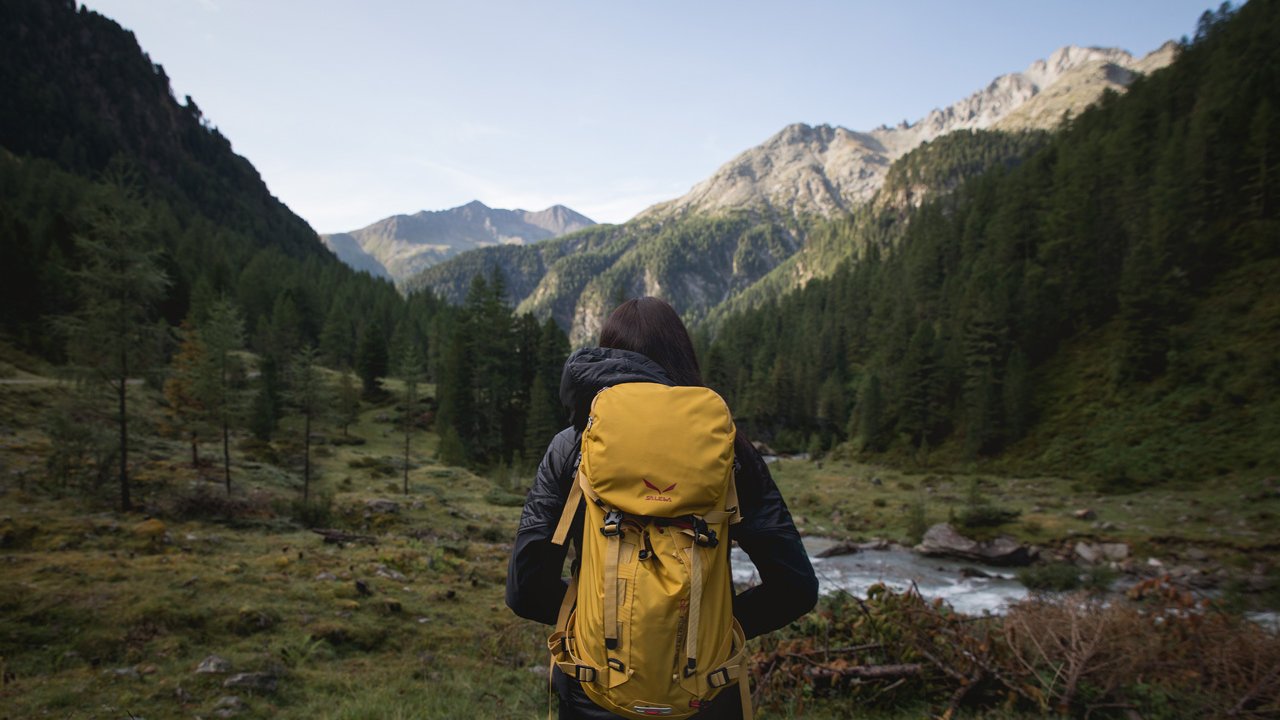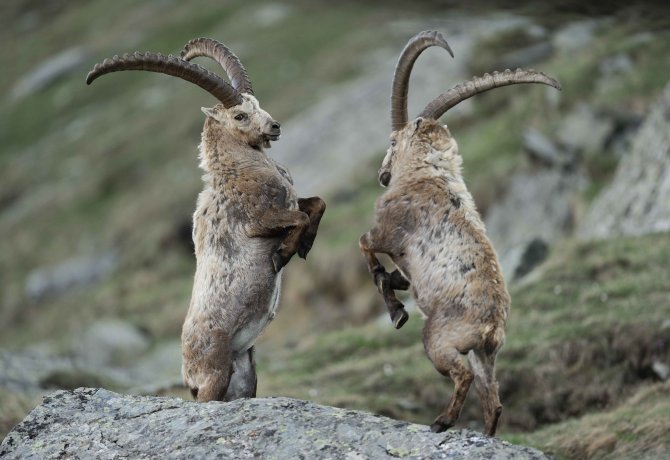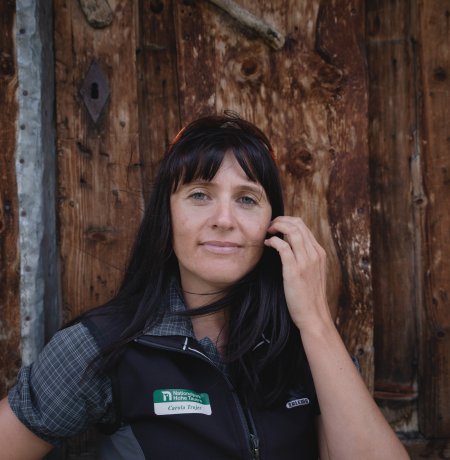Here in the Hohe Tauern National Park things are wonderfully peaceful. The area is home to countless plants and animals. Carola Trojer has been a park ranger for 15 years and specialises in observing alpine fauna. "I look forward to going to work every day," the 36 year-old says. As she talks, Carola radiates the same strength and calm as the green mountainsides of the Defereggental Valley which she calls home.
She tells us that her original plan was to become a teacher but, as is so often the case in life, things turned out differently. "Nature is now my classroom," she says with a smile. "My groups vary from school children to senior citizens." It is the task of the rangers to guide groups through the park and explain to them the flora, fauna, geology and history of this beautiful landscape. Among the highlights for visitors is the chance to see the "big five" of the Alps: bearded vulture, golden eagle, ibex, marmot and chamois.
"It's nice when people say to you they never would have discovered something on their own without your help. I also love it when children are fascinated by just how big an ibex's horns are. Those are the moments that make your heart sing," adds Carola Trojer. She takes pride in showing youngsters how important it is to respect and look after nature. "We have to make sure that we leave our Planet Earth in a good condition for our grandchildren."
Carola Trojer, national park ranger
The Hohe Tauern National Park covers an area twice the size of Berlin. It takes in three separate Austrian provinces: Tirol, Salzburg and Carinthia. Some of the highest mountains in Austria lie within its borders. Research and environmental protection are among the most important tasks performed by the nature park rangers. The nature park can be accessed free of charge. There are also guided tours (in German and English) as well as guided treks into the mountains.




